Replacing a transmission cooler line can seem hard. But with some help, you can do it. This guide will help you replace the cooler line of a Jeep Cherokee. Let’s make your Jeep run smoothly again.
What is a Transmission Cooler Line?
A transmission cooler line is a part of your car. It carries fluid from the transmission to the cooler. This keeps your transmission cool. If the line breaks, fluid leaks. Then, the transmission can overheat.
Why Replace the Transmission Cooler Line?
Old cooler lines can leak. Leaks cause low fluid levels. Low fluid levels can harm your transmission. This can lead to costly repairs. Replacing the line prevents leaks.
Signs You Need a Replacement
How can you tell if you need a new line? Here are some signs:
- Transmission fluid under the car.
- Car struggles to change gears.
- Burning smell while driving.
- Transmission fluid level is low.
Getting Ready for Replacement
Before you start, gather these tools:
- Wrench set
- Screwdriver
- New cooler line
- Drain pan
- Transmission fluid
Make sure the car is on a flat surface. Turn off the engine. Let it cool down. Safety first!
Step-by-Step Guide to Replacement
Step 1: Locate The Transmission Cooler Line
Open the hood of your Jeep Cherokee. Look for the transmission cooler line. It connects to the radiator. The line is made of metal and rubber.
Step 2: Drain The Transmission Fluid
Place the drain pan under the transmission. Use a wrench to remove the drain plug. Let the old fluid flow into the pan. This step keeps things clean.
Step 3: Remove The Old Cooler Line
Use a wrench to loosen the line fittings. Be gentle. Remove the old cooler line. Check for any leftover fluid. Clean the area with a cloth.
Step 4: Install The New Cooler Line
Take the new line. Attach it to the same spot. Tighten the fittings with a wrench. Make sure everything is secure.
Step 5: Refill The Transmission Fluid
Pour new transmission fluid into the reservoir. Use a funnel to avoid spills. Check the fluid level with the dipstick. Add more if needed.
Step 6: Check For Leaks
Start the engine. Let it run for a few minutes. Check under the car for leaks. If no leaks, the job is done. If you see leaks, tighten the fittings.
Tips for a Smooth Replacement
- Wear gloves to keep your hands clean.
- Use a flashlight to see better.
- Label parts to avoid confusion.
- Keep a rag handy for spills.

Credit: www.inlinetube.com
Benefits of Replacing the Cooler Line
A new cooler line means no leaks. Your Jeep will run smoothly. It prevents overheating. Protects the transmission. Saves money on repairs.
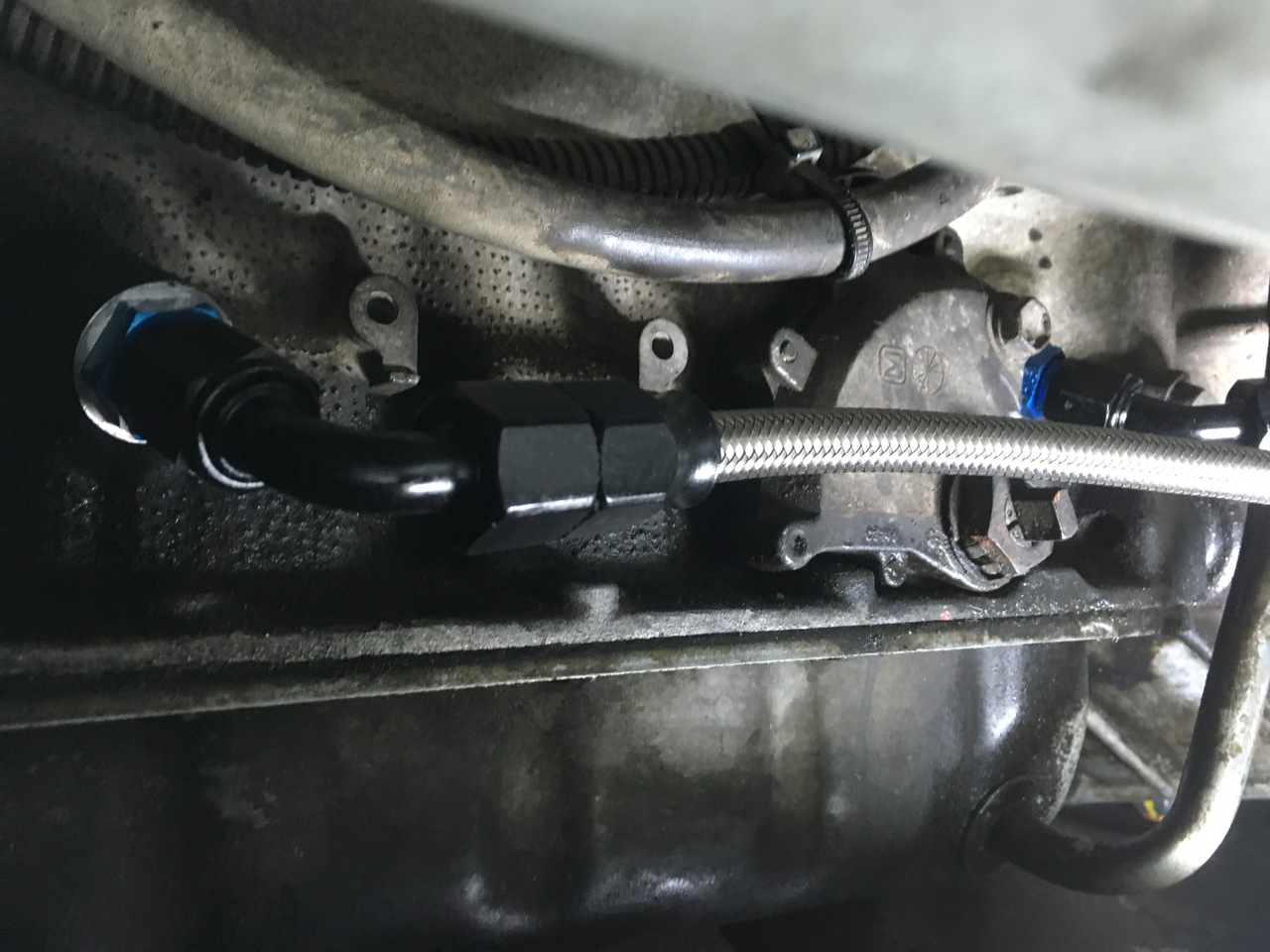
Credit: there4.io
Frequently Asked Questions
What Is A Transmission Cooler Line?
The transmission cooler line carries fluid between the transmission and cooler. It helps prevent overheating.
Why Replace A Jeep Cherokee Transmission Cooler Line?
Replacing prevents leaks and overheating. Ensures smooth transmission operation and extends vehicle life.
How Do I Know If My Cooler Line Is Bad?
Look for fluid leaks. Transmission overheating or slipping can also be signs.
Can I Drive With A Leaking Cooler Line?
Driving with a leak risks transmission damage. It’s best to repair immediately.
Conclusion
Replacing the transmission cooler line is a good idea. It keeps your Jeep Cherokee in top shape. With this guide, you can do it yourself. Enjoy a safer and smoother ride.
Additional Resources
| Resource | Details |
|---|---|
| Jeep Manual | Check your Jeep’s manual for part numbers. |
| Online Forums | Join Jeep forums for tips from other owners. |
| Auto Parts Store | Visit a store for expert advice and parts. |
We hope this guide was helpful. Good luck with your replacement!

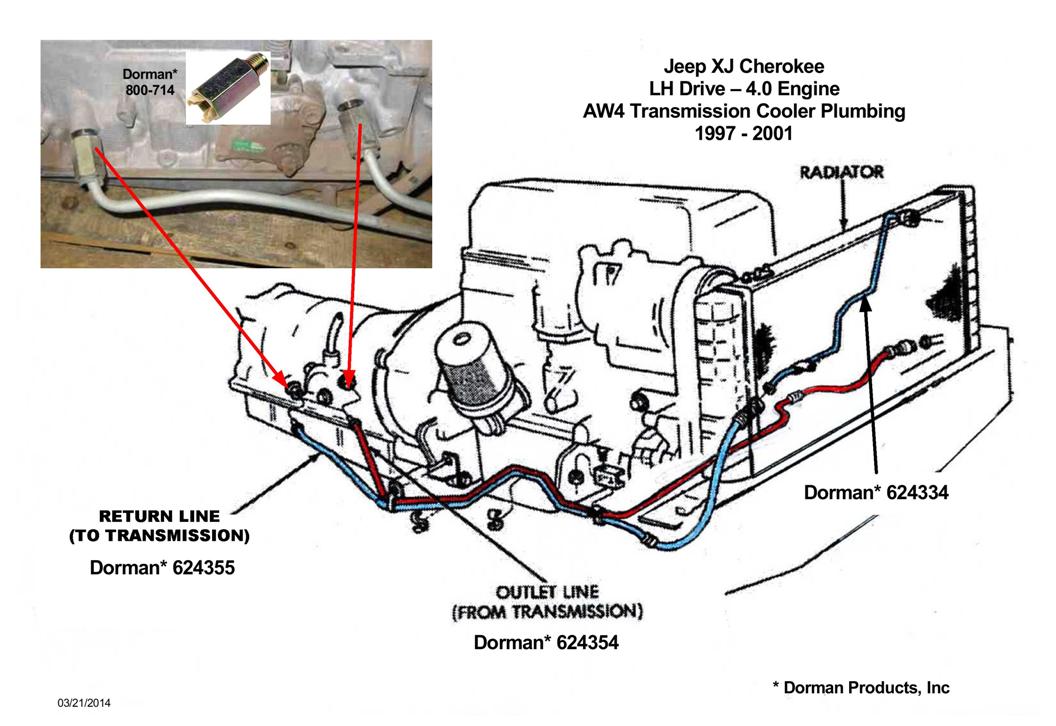
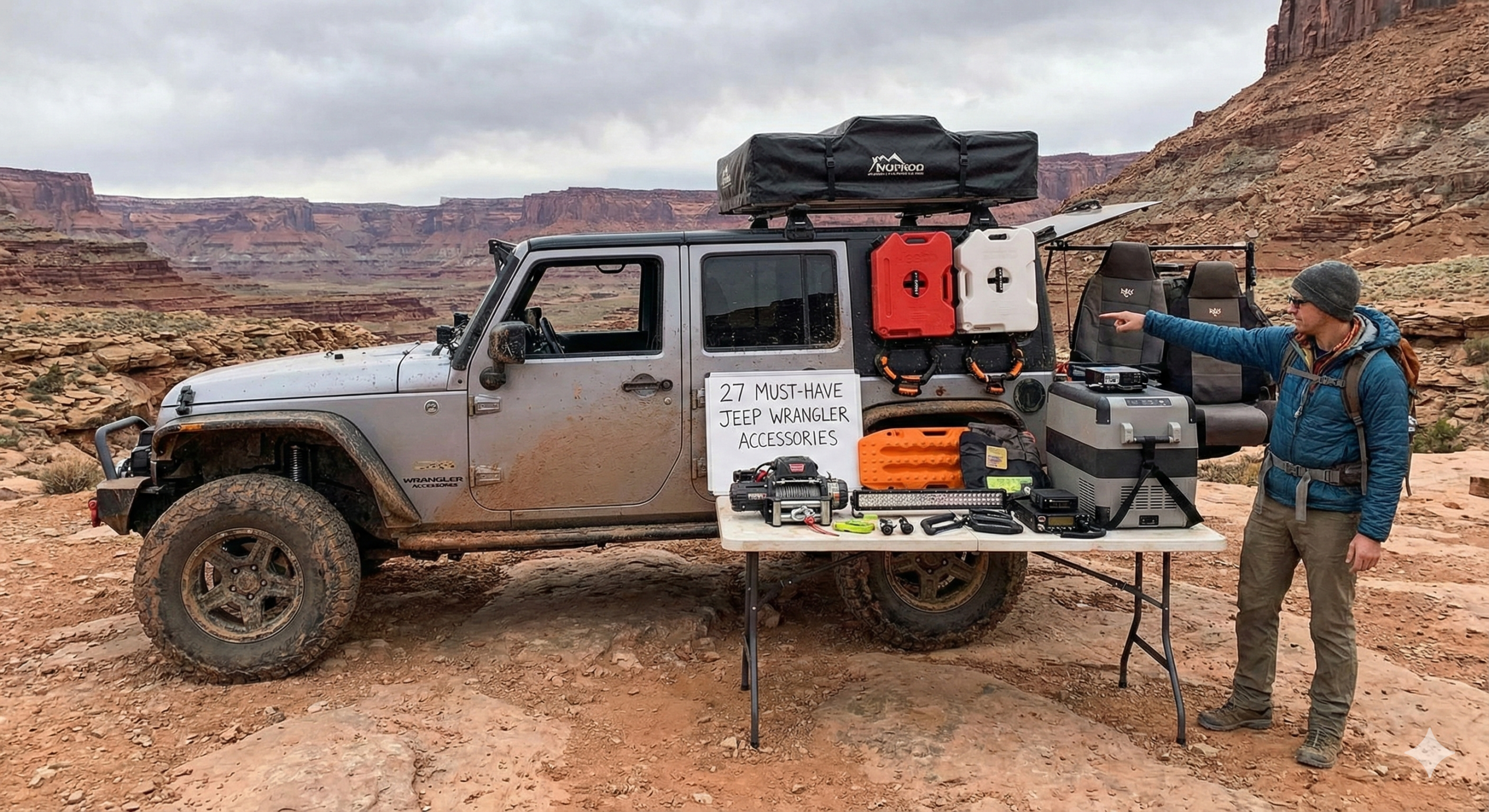
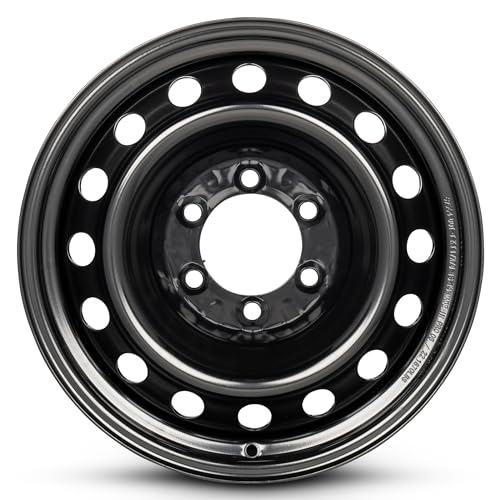
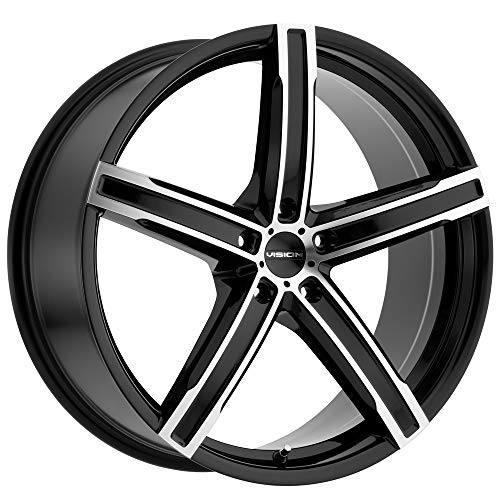
Leave a Reply